
In today’s interconnected world, inbound marketing has transformed the way businesses communicate with their audiences. Unlike traditional marketing methods, which focus on reaching out to customers, inbound marketing pulls potential customers toward businesses. In the modern digital age, the strategy of capturing and converting leads is not just preferable; it’s essential.
Table of Contents
What is Inbound Marketing?
Inbound marketing is a strategic approach that focuses on attracting potential customers through content and experiences tailored to them. While outbound marketing interrupts your audience with content they might not want (like TV commercials or magazine ads), inbound marketing forms connections by providing information they’re actively seeking. With the use of content marketing, social media, Search Engine Optimisation (SEO), and branding, inbound marketing draws in prospects for businesses and paves the path from stranger to customer.
The beauty of inbound marketing is its organic and user-centric nature. It positions brands not as mere sellers but as problem solvers and thought leaders in their respective niches.

The Inbound Marketing Funnel Explained
Let’s explore inbound marketing and its structured approach to customer acquisition.
Top of the Funnel (Awareness)
Content is king in the digital realm. Articles, infographics, videos and blog posts serve as magnets, pulling in those unfamiliar with your brand. It’s essential to provide valuable, relevant content that addresses common pain points or questions your audience might have. This initiates the relationship between the brand and potential customer. Remember, first impressions matter. The goal is to intrigue and foster curiosity, guiding them deeper into your brand’s narrative.
Middle of the Funnel (Consideration)
Once your leads are aware of a problem, they’ll start looking for solutions. This is where detailed guides, webinars, and eBooks come into play. Offering rich, solution-oriented content brings the audience closer to your brand, positioning you as an authority in the domain. Through engaging content, your aim should be to foster trust, slowly cementing your brand’s position as the preferred choice.
Bottom of the Funnel (Decision)
The decision-making process is the fruit of your inbound efforts. Regular and personalised email follow-ups, exclusive member benefits, compelling testimonials, and customer reviews can seal the deal. Offering a smooth purchase or sign-up process and strong after-sales support can ensure your leads transition seamlessly into loyal customers.
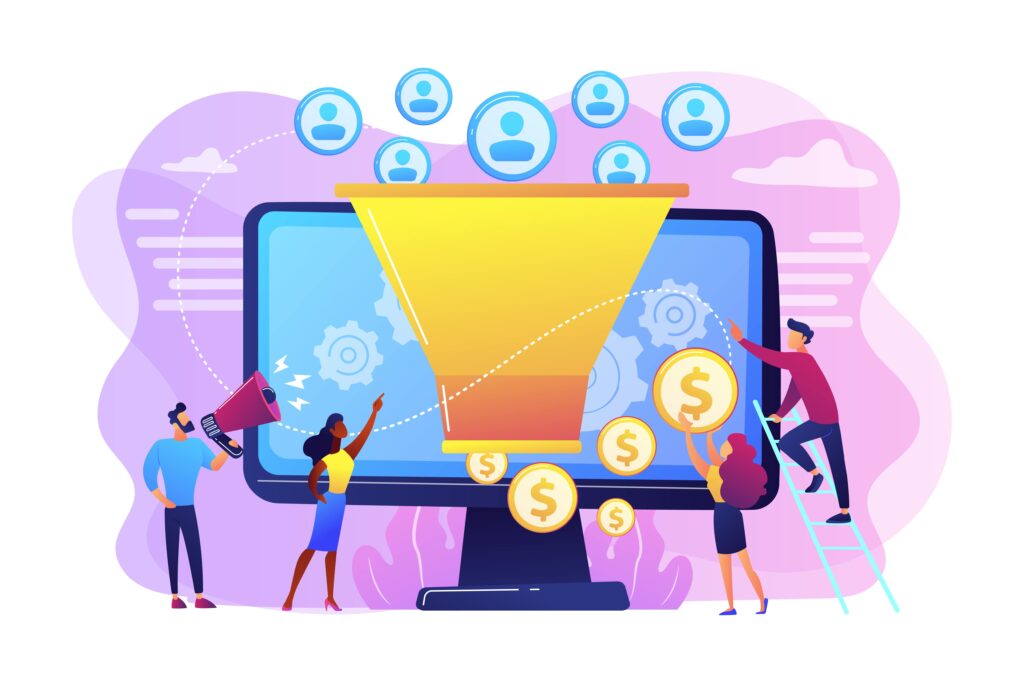
Key Components of an Effective Inbound Marketing Strategy
Inbound marketing is formed by some crucial components. Let’s have a look at them.
Content Creation
Harnessing the power of content is crucial in inbound marketing. By providing value-packed content, brands can attract and engage their target audience. Here are some key avenues:
Blogging: Dive deeper into topics. A 500-word article might give an overview, but a 2000-word piece offers in-depth analysis and value. Longer, comprehensive posts can also improve SEO rankings.
Ebooks and Whitepapers: These are pillars of content marketing. They offer in-depth insights on topics, establishing your brand’s authority. Moreover, they can be exchanged for user details, making lead capture easier.
Videos and Webinars: Visual content is highly engaging. With the rise of platforms like YouTube, Vimeo, and web-based seminars, businesses can leverage visual media to convey complex ideas simply.
Search Engine Optimization (SEO)
It’s not enough to just create great content. You must ensure it’s found. SEO strategies ensure higher visibility on search engines. Regularly update your content, ensure proper keyword optimisation, and invest in building quality backlinks.
Social Media Engagement
While platforms like Meta, Instagram, Twitter, and LinkedIn are powerful tools for broadcasting content, they’re also platforms for two-way interactions. Engaging with comments, sharing user-generated content, and creating platform-specific content can amplify your inbound marketing efforts.
Email Marketing
Email remains one of the most personal channels for digital communication. Segment your audience, tailor your messages, and use automation tools to guide your leads through the conversion funnel. When integrated effectively, these strategies transform email marketing into a potent tool in your inbound marketing toolkit, nurturing prospects into loyal customers and creating lasting connections.
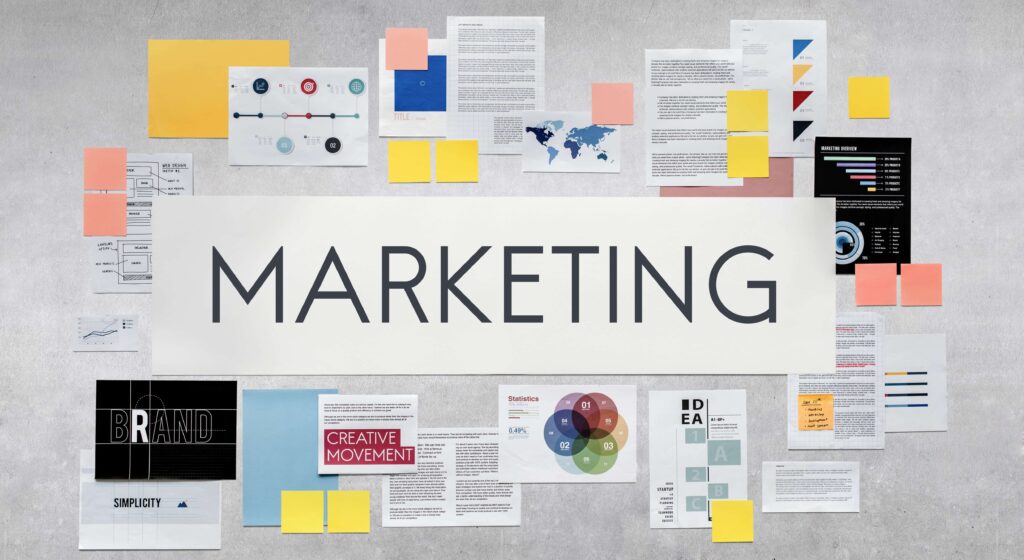
Techniques to Capture Leads
In inbound marketing, capturing potential customers is crucial. Through strategic techniques, businesses can transform visitors into promising leads, setting the stage for future sales and long-term relationships.
Effective Landing Pages
Importance of Design and Layout – A well-designed landing page keeps the user’s attention. Use compelling visuals, maintain a logical flow, and ensure mobile optimisation.
Call to Action (CTA) Best Practices – A compelling CTA can make all the difference. Use actionable verbs, create urgency, and ensure it stands out.
Forms and Surveys – They’re valuable tools for lead capture. However, keep them short and to the point. Ask only the essential questions to ensure higher completion rates.
Interactive Content – Interactive content, like quizzes or calculators, offers value in a unique, engaging way. They can be powerful lead magnets if they’re relevant to your audience.

Strategies to Convert Leads into Customers
Converting leads into loyal customers is the core objective of any marketing initiative. However, the art and science behind this process involve a mix of targeted strategies, analytical insight, and continuous adaptation to consumer behaviours. Here’s a deeper dive into effective strategies that can significantly increase your conversion rates.
Lead Scoring – Evaluate your leads based on their engagement. Those who score higher are more likely to convert, so prioritise them in your marketing efforts.
Personalised Email Campaigns – Personalisation is key in modern marketing. Tailored email content based on user behaviour and preferences can drastically improve conversion rates.
Remarketing and Retargeting – Using platforms like Google AdWords or Facebook Ads, target users who’ve interacted with your brand but haven’t converted. This gentle reminder can lead to increased conversions.
Offering Value through Education – Beyond conventional content, offer workshops, online courses, or even podcasts. This cements your position as a leader in your industry.
Tracking and Analyzing Your Results – Navigating the complex waters of inbound marketing without a compass can be futile. That’s where analytics steps in by tracking and analysing Your Results. It sheds light on what works and points out areas of improvement.
Key Performance Indicators (KPIs) – Monitor metrics like website traffic, bounce rate, and conversion rate. These provide insights into the effectiveness of your inbound strategies.
A/B Testing – Never settle. Regularly test different content formats, email headlines, or even CTA buttons to see what resonates most with your audience.
Tools and Platforms – Utilise tools like Google Analytics, HubSpot, or SEMrush. They provide invaluable insights, helping refine your inbound marketing strategies.

Challenges in Inbound Marketing and How to Overcome Them
Inbound marketing, while effective, comes with its unique set of challenges. As the digital landscape evolves, businesses must adapt to ensure their strategies remain impactful. Here’s a look at some prevalent challenges and practical solutions:
Rising Content Saturation – With the explosion of content online, there’s a real risk of your message getting lost in the noise. The key is to make unique and quality content.
Solution – Instead of merely producing content, focus on creating unique, high-value content that stands out. This could mean diving deep into niche topics, using multimedia formats, or engaging in compelling storytelling. Remember, it’s better to have fewer pieces of high-quality content than a lot of mediocre ones.
Evolving SEO Algorithms – Search engine optimisation is constantly evolving. Google and other search engines continually update their algorithms to enhance user experience, often leaving marketers scrambling to adjust.
Solution – Stay proactive. Subscribe to authoritative SEO blogs, attend webinars, and consider investing in SEO training. Another effective strategy is to hire or consult with SEO experts who can offer insights into the latest trends and best practices. Having knowledge of current SEO trends and best practices will ensure you’re not caught off guard by algorithm shifts.
Budgeting and Resources – In the rush to harness the power of inbound marketing, it’s easy to overshoot your budget or misallocate resources.
Solution – Establish clear KPIs (Key Performance Indicators) to understand the effectiveness of different strategies. Using analytics tools, identify which strategies offer the best ROI (Return On Investment) and then channel your resources towards them. It’s essential to strike a balance between experimenting with new approaches and sticking with tried-and-tested tactics that consistently deliver.
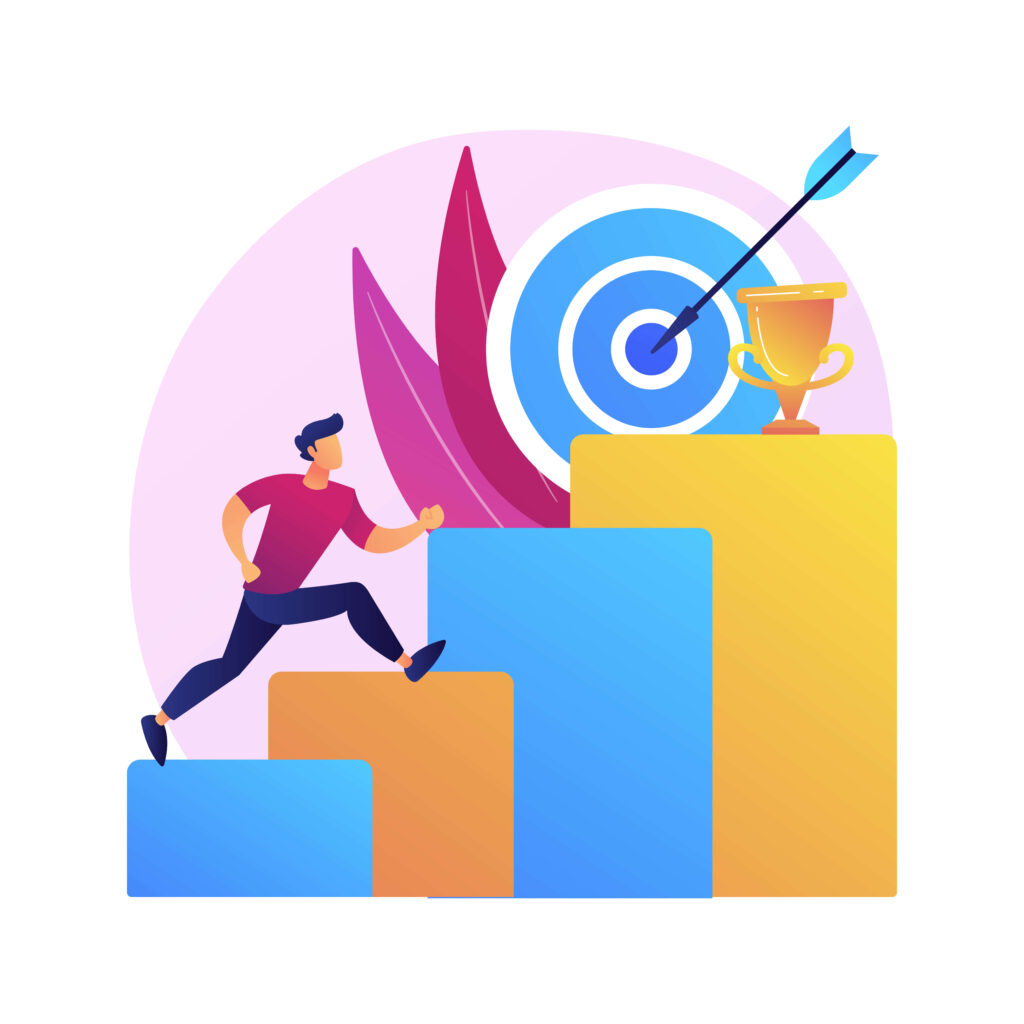
Conclusion
Inbound marketing is a dynamic, evolving field. By focusing on delivering genuine value to the audience, businesses can navigate the challenges and see constant growth. Adapt, learn, and grow—that’s the mantra for success in the digital age.
Was this guide on inbound marketing beneficial? Share it to spread the knowledge. Subscribe to stay updated on the latest trends, and reach out to our experts for a personalised consultation. Let’s grow together in the digital realm!
- All Courses
- IT & Software317
- Management263
- Teaching and Education229
- Business219
- Health and Fitness216
- Health & Safety155
- Engineering & Technology141
- Quality Licence Scheme136
- Health and Social Care128
- Healthcare123
- Accounting & Finance111
- Psychology96
- Lifestyle94
- Employability91
- Marketing75
- Office Productivity59
- Animal Care55
- Design and Photography48
- Beauty & Makeup43
- Design39
- Accounting & Bookkeeping32
- Web Development11
- Child Care8
- Construction7
- Agriculture5
- Environment1
Awarded By
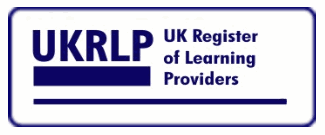


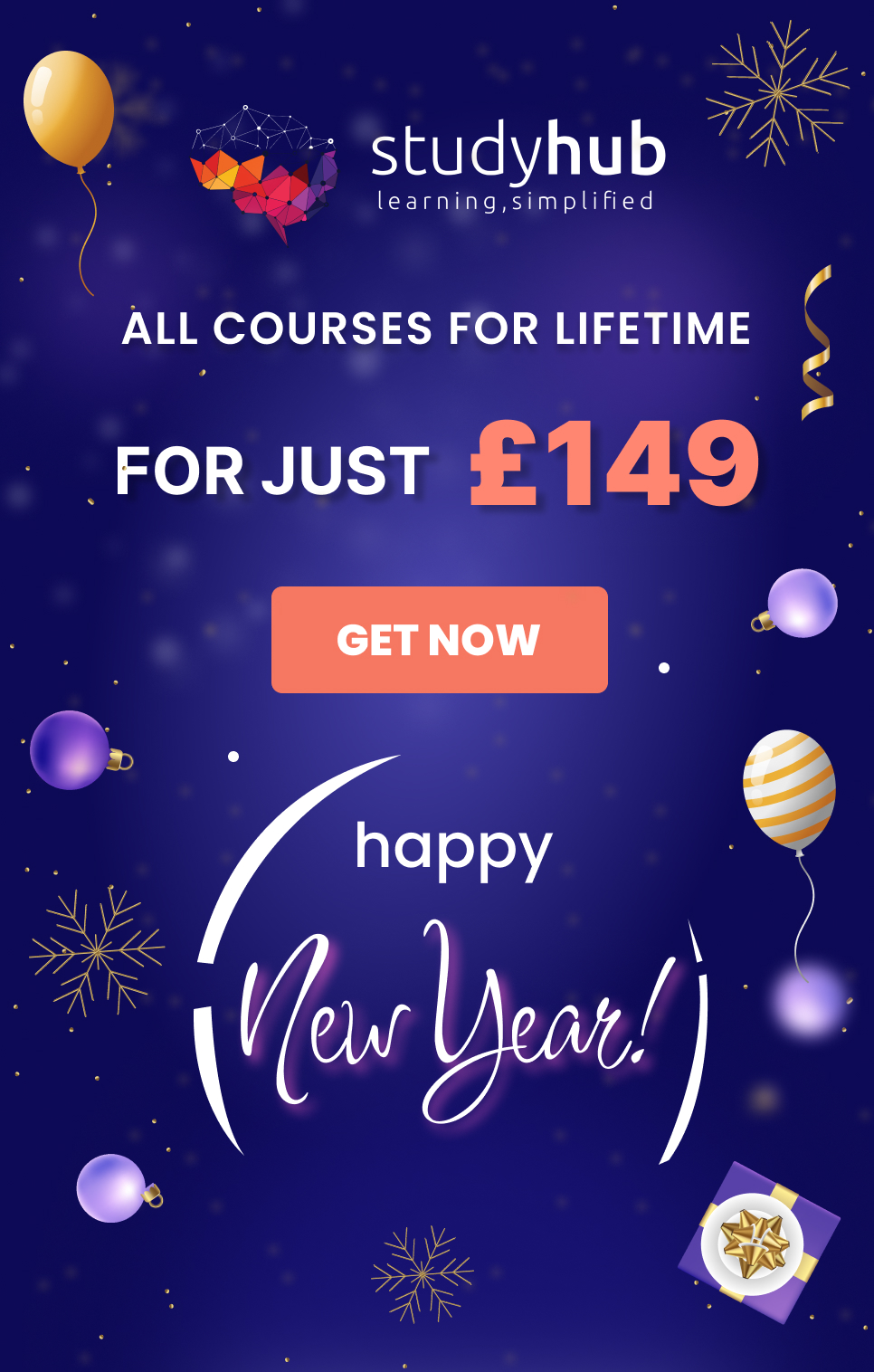
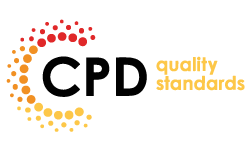
0 responses on "Inbound Marketing: How to Capture and Convert Leads"